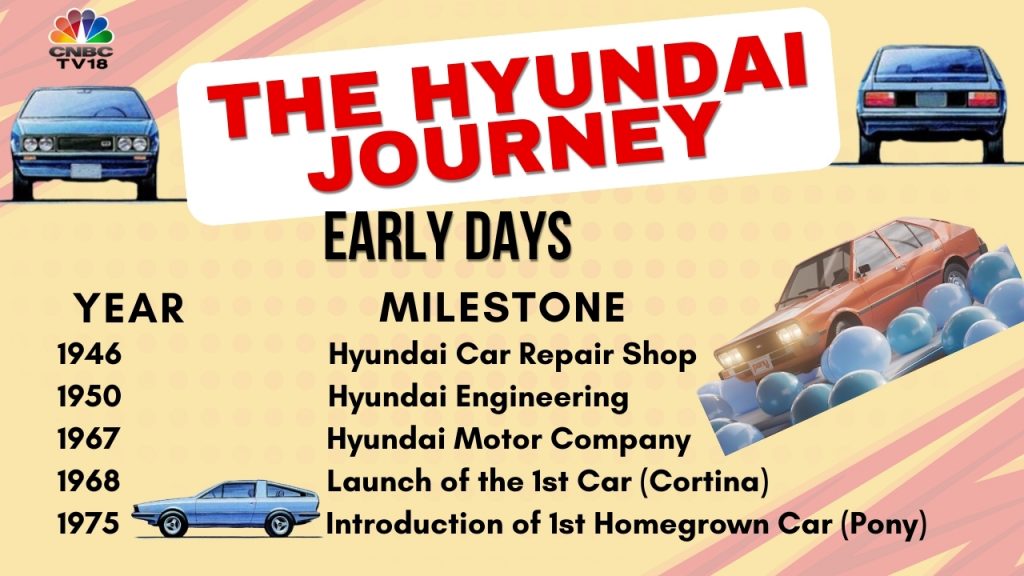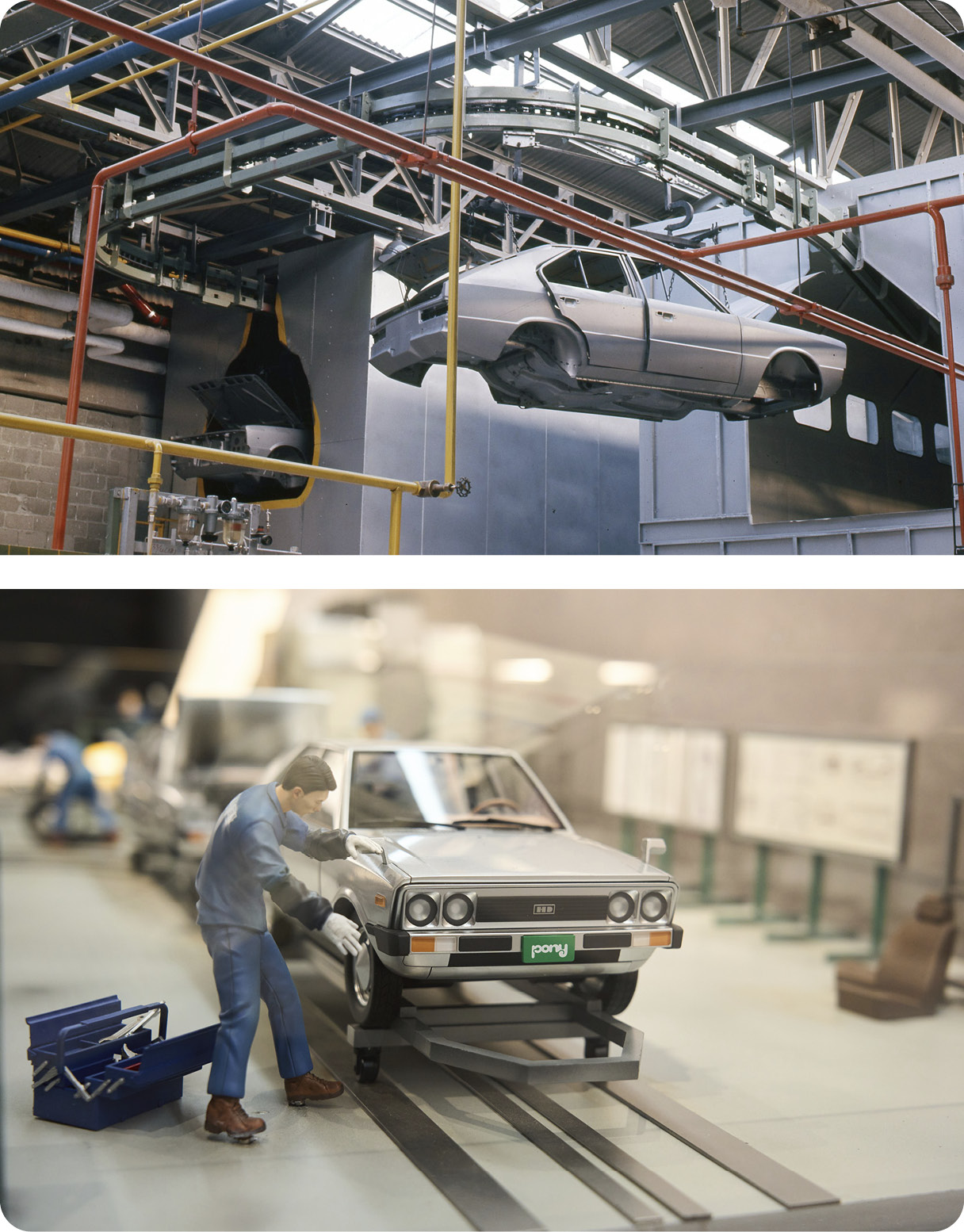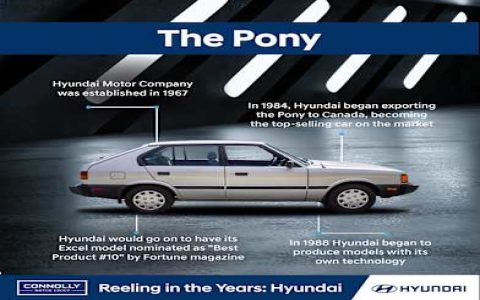Hyundai's journey in the early 1980s marked a pivotal phase as the company transitioned from domestic focus to laying the groundwork for global recognition. Key developments characterized this era of ambitious expansion.
Foundations and Early Struggles
Established in 1967, Hyundai Motor initially produced models like the Cortina and Pony through technology partnerships. The late 1970s saw construction of the massive Ulsan plant, achieving significant vertical integration. However, early vehicles faced quality and reliability challenges, particularly when attempting initial, limited exports to select markets.
Strategic Imperatives for Growth
Key drivers for Hyundai's 1980s ascent included:

- Domestic Market Dominance: Hyundai leveraged protectionist policies and a growing South Korean economy to solidify its leading position at home, providing crucial revenue.
- Aggressive Capacity Investment: Continued expansion of the Ulsan complex enabled economies of scale vital for competitiveness.
- Relentless Cost Control: Hyundai relentlessly pursued manufacturing efficiency and low production costs.
- Technological Catch-Up: Significant investments were made in engineering, manufacturing technology, and quality control processes.
The Excel: Catalyst for Global Entry
The introduction of the Hyundai Excel (Pony Excel) in 1985 fundamentally changed the company's trajectory. Designed in part by Italdesign and utilizing proven Mitsubishi technology, it was:
- Priced Extremely Competitively: Offered at a significantly lower price point than competitors in target markets.
- Positioned for Entry-Level Buyers: Focused on affordability and practicality.
- Launched Strategically in the US: Entered the crucial, demanding US market in 1986, backed by a strong warranty.
The Excel's value proposition resonated, becoming the top-selling imported car in Canada within a year and achieving notable volume in the US. Total exports surged dramatically, from tens of thousands pre-Excel to around 170,000 units in 1985 and over 500,000 by 1987.
Overcoming Challenges
Rapid expansion strained Hyundai. Intense pressure to meet high export demand sometimes impacted initial quality and led to warranty issues, particularly in the tough US market. This underscored the need for continuous improvement in manufacturing discipline and quality assurance.
Investing in Independence and Future
Building on Excel's momentum, Hyundai focused on:
- Product Development: Initiated development of the Sonata (launched late 1988) and Scoupe, moving beyond the Excel platform.
- Enhanced Capabilities: Made strides towards proprietary engine and transmission development.
- Quality Focus: Implementation of Total Quality Management (TQM) systems gained urgency.
- Production Scale: Hyundai Motor Company produced its millionth car in 1985, with the five-millionth milestone reached just four years later in 1989, highlighting accelerated production scaling.
The early 1980s, culminating with the Excel launch, were transformative. Hyundai successfully penetrated major Western markets based on affordability and volume, established massive production scale, and began the critical, ongoing journey towards technological independence and improved quality. This aggressive decade paved the way for Hyundai's evolution into a global automotive force.








